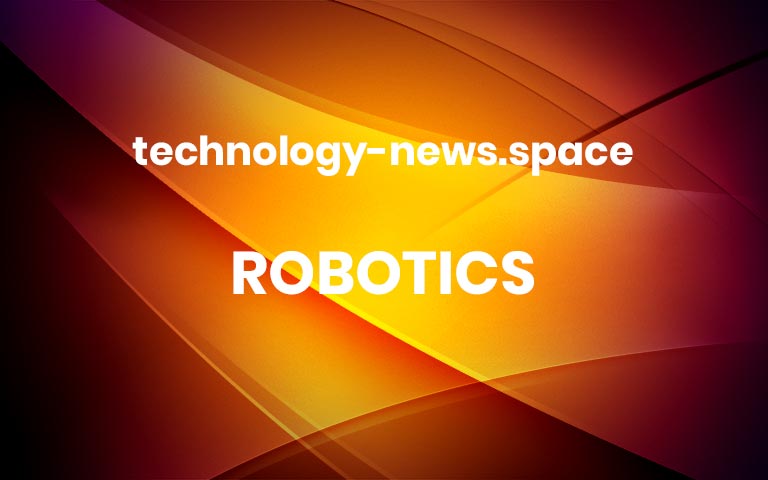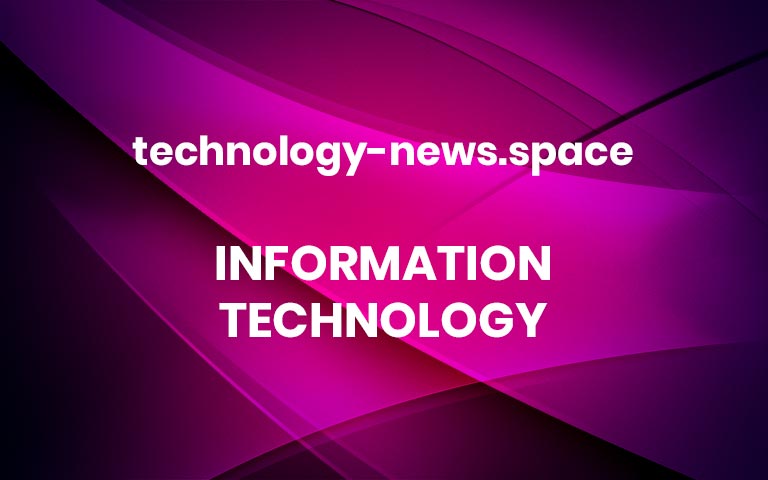Kerry Wan/ZDNETAndroid users who want to upgrade to version 15 will need to ensure their device has at least 32GB of storage. In a confidential GMS Requirements document uncovered by Android Authority, Google has set this level as the minimum amount of space required. This applies whether you buy a new phone with Android 15 out of the box or try to upgrade your existing device to the newest version.Also: Android 16 release is way ahead of scheduleAs today’s Android phones typically come with at least 128GB of storage, the latest requirement is not especially onerous. If anything, it seems quite generous. However, it means that older or cheaper phones with 16GB of space or less will not be able to run Android 15, which officially kicked off last October. What was the previous minimum requirement?The new minimum is double the previous amount of 16GB, introduced with Android 13 in 2022, Android Authority explained. Also: How to factory reset your Android phone without unlocking it firstPreviously, Android 12 required just 8GB of storage. Approximately 75 percent of the 32GB must be reserved for the data partition, which houses system apps and files, system app data, and all user apps and files. More



